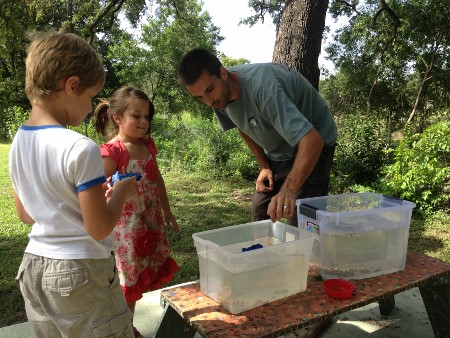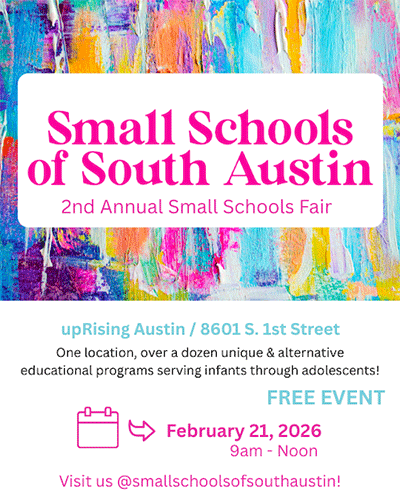What’s new in Austin’s alternative education community?
/Photo by Ian Schneider on Unsplash
Here’s a brief roundup of some of the latest developments in the local alt ed scene as the 2019–2020 school year gets underway. Kudos to all the educators who have been working hard all summer to better serve each member of their learning communities.
Apple Blossom Center for Discovery and Gantry Academy have joined forces in Leander to offer a number of options to serve students in the community. They are launching homeschool enrichment days (Wednesday afternoons and Friday all day) with activities including Sportsball athletics, cooking, art, music, STEAM, entrepreneurship, and more. Options range from $100 to $300 per month.
Ascent is the latest Acton Academy to launch in the Austin area. Founders Janita Lavani and Samantha Jansky are some of the most experienced Acton guides and curriculum creators anywhere. They spent the summer acquiring and beautifully renovating the campus at 5701 Cameron Road to create both the Spark Studio for ages 4–6 and the Elementary Studio for ages 7–11, where the school year begins right after Labor Day.
Clearview Sudbury School recently added a music room to its campus and a new staff member, Rose Hardesty, Clearview’s first to have graduated from a Sudbury school. This fall, Clearview will celebrate its 10th anniversary by bringing in Jim Rietmulder, the author of When Kids Rule the School and a nationally recognized expert on self-directed democratic schools, for a talk on Friday, November 15, at 6pm.
Huntington-Surrey School has moved to a new location in north-central Austin: 4700 Grover Avenue. The school has served high school students since 1971 and has now expanded its programs to work with exceptional 7th and 8th graders, either part-time or full-time.
Julia’s Garden Montessori is launching its elementary program, called Taller, based on the Scottish national Curriculum for Excellence. The school’s staff has grown this summer to include new administrative, wellness, and education specialist roles to meet the needs of all learners, from the toddler stage through 9 years of age. It is currently in the home stretch of the accreditation process with the International Council for Accrediting Relationship-based Education (ICARE).
Progress School has renovated and moved its classrooms into a larger building on the same campus to better accommodate its growing enrollment. Learners will be grouped into three rather than two multi-age classes. Progress is currently working with ICARE toward accreditation as a relationship-based education school.


















